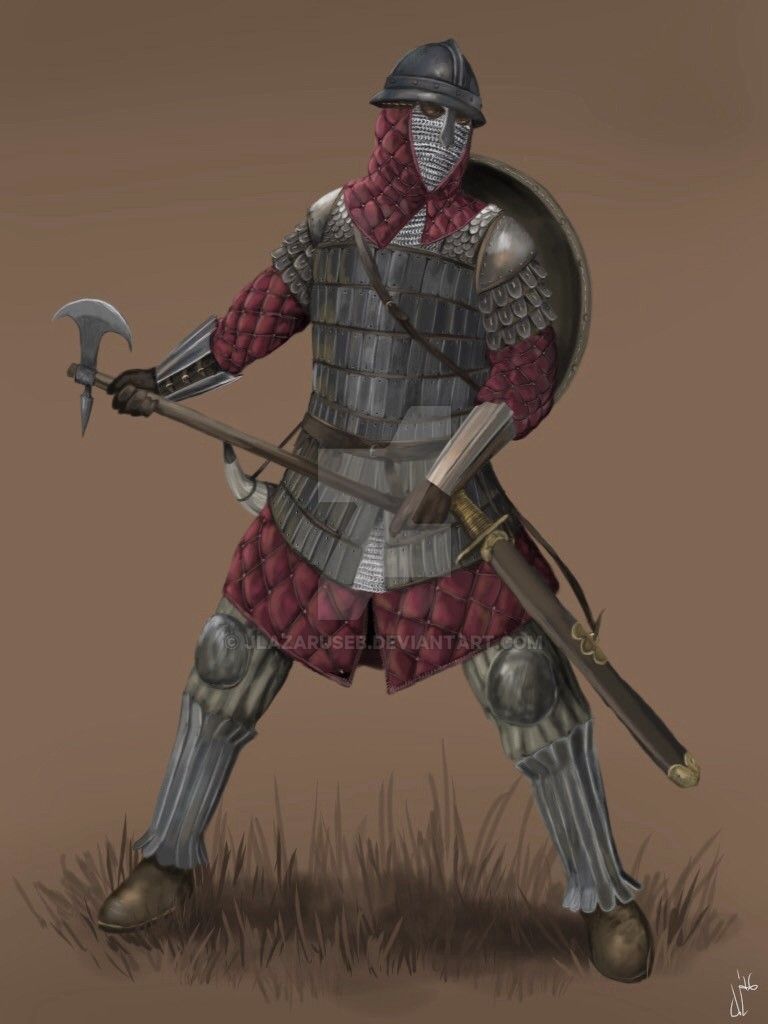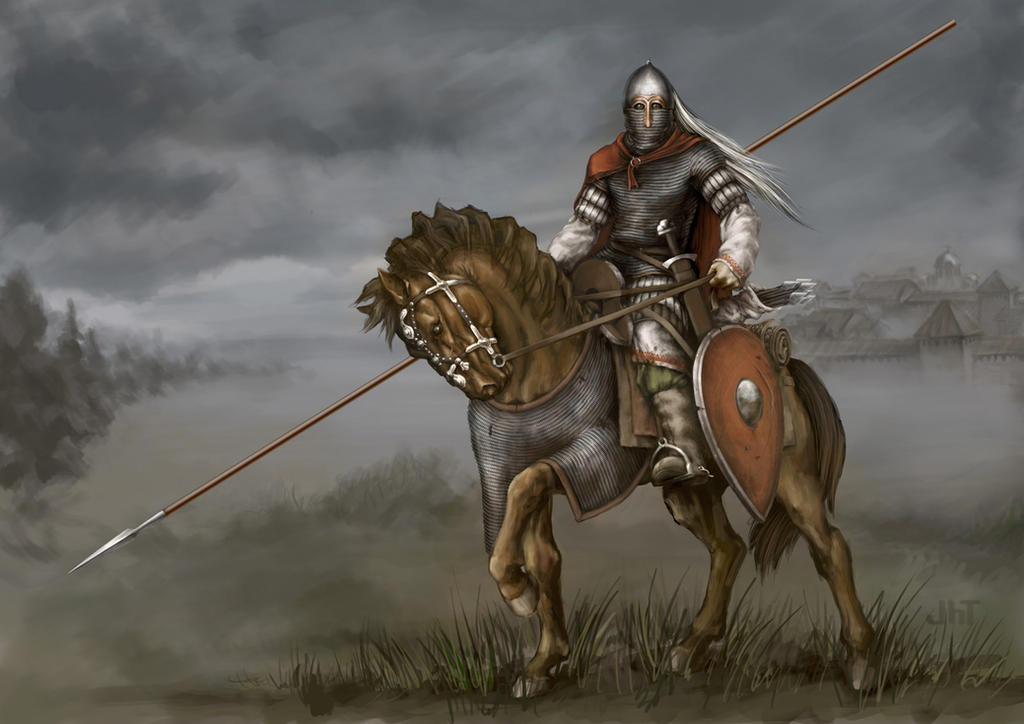Post by Jason on Dec 12, 2017 22:59:36 GMT
The Empire of Izhen (Ettin)

Capital: Tomandabar (Tuman Tabar)
Major Cities: Tomandabar, Rasna, Olich (Ulezh)
Modifiers:
Legacy of Two Empires: The Empire of Izhen is the successor of two great Empires and derives much of their power from the old imperial institutions. +3 Army and +2 Economy
The Reapers Yet Live: The Merov Reapers were a force to be reckoned with, the enemies of the Miruvid will once again look over their shoulders in fear. +2 Espionage.
Trade is our Lifeblood: The trade fleet of Izhen is the key to economic prosperity, by being able to sell our goods all across the known world the economy flourishes. +1 Navy
Lack of Standardisation: It is hard to standardize the equipment of numerous ethnicities and satrapies. But we do our best. -1 Logistics.
The Price of Purges: Mirun and Shanvi swept the powers that be away during their wars for control of the Empire. They are paying for it with the lack of a steady hand at the top. -2 Loyalty
Army: 5 (+3)
Navy: 2 (+1)
Logistics: 5 (+2)
Economy:5 (+2)
Espionage: 5 (+2)
Castle: 3
Loyalty: 5 (-2)
History:
The Miruvi of Izhen are, like their ‘cousins’ in Routaille, the remnants of the old imperial Merov line. Abandoned by their so-called family to die in the Ettins, the Miruvi stubbornly refused to, their formal vassals were in open rebellion, barbarian tribes took advantage of the situation, invading and displacing many of their former subjects. These Miruvi were forced to piece together the remnants of a society while undergoing rapid changes that devoured this once great province. It was slow, quite painful, and it took many decades to put together a nation strong enough, united enough, and capable enough to stand on its own. Yet, they did not do this by embracing their Trevast roots, but instead, they instituted a cultural revival of the Izhen culture. As many people know the Izhen once dominated all of Trevast, it was this empire, or the shambling remnants of it, that Arturas defeated in open battle and forced into submission. This culture was also prevalent in the Kingdom of Alendron before they were slowly Trevasticised. While Trevast ruled by Izhen’s upper class and portions of their merchant class. The Izhen people never forget their language, never forget their customs and never forget their heritage. Reyno the Trevastine was the 6th ruler of Izhen and famous for solidifying the Miruvi’s hold on their petty kingdom. He established numerous key institutions that would go a far way in securing dynastic stability and was also a successful theologian (in his own right) blending Izhen beliefs and Trevastine ones to create the current Imperial Church. His descendants capitalised on his successes and over the centuries knit a powerful realm together.
This would change when the Boterin launched an invasion. The Boterin attacked and overran nearly all of the Ettinlands and only stopped when they were granted lands and brides. They were soon absorbed into Izhen society and became a massive influence on the still growing Izhen nation. One of the biggest things they provided was labour. With it they were able to reclaim much of the land consumed by the marshes of the Izhenland. By converting this land into farmland they were able to provide stability to their people and ensure that an adequate food supply is maintained. With food secured, they then worked on their economy. The first thing they established was a series of canals and water-mills to enable fast transportation and water-mills to help their farming industry. They then developed a ship-building industry to create a fleet to trade their goods. Next they sponsored a textile industry and finally they sponsored the artisans and craftsmen. With a strong economy came the base on which their army was formed.
In the past centuries the Miruvid have begun to look outward after centuries of careful building and they have grand ambitions. Working with their vassals as shields they have manipulated many invasions and probes against Trevast, working on dividing them and ensuring they continue to fight with one another. In recent history after over a century of peace and clear succession was overturned when Shanvi and Mirun’s uncle (whose name is outlawed) attempted to seize the throne only to lose after a brief but bloody war. The twin Empresses have major ambitions and a will to see them done. Time will tell if a new, proper Empire will arise.
The Armed Forces of Izhen:
Badri Sparabara: The Pike Infantry of the Badri, famous for their discipline and fighting ability. Whilst they once were spearmen known for their staying power and ability to hold men for the charge, they now are famous for their disciplined pike walls and designed to counter the feared Hussars of Alendron.
Izhen Skutatoi: The mainstay infantry of the Imperial Army of Izhen. Highly disciplined and famous for their unrelenting mentaility. Organised in Centuries and primarily composed in this fashion:
First Rank: Spears, Halberds, Swords for close range, and Poleaxes
Second Rank and 3rd: Axes, Hammers, and Bec de Corbin.
Fourth and Fifth: Javelins, Stabbing sword.
Trevastine-Izhen Knechts: A Force of Heavy Cavalry armed with lance and sabre, famous for their crushing charges. Composed of the Trevastine-Izhen ethnicity and renowned in the south for their staying power and their unrelenting courage (some say stubbornness).
Badri Lancers: A famous unit of cavalry broken into both heavy and light lancer divisions. The Light lancers are equipped with a lance and sabre and are quite skilled at the pursuit, often being held in the reserve awaiting the orders from their masters to plunge themselves into the enemy. The Heavy Lancers are the heavy-cavalry killers, famous for their ability to take down armoured opponents and the strength of their charge.
Kirukid Composite Bow Horse Archers: Premier archers known for their unerring accuracy and fire-speed. They are distinguished horse archers known for being able to punish infantry and heavier cavalry.
Izhen Composite Bows: The Izhen foot-archers are a credible threat to any foe opposing the Miruvids. Highly disciplined and well placed-volleys can shatter enemies and these skilled archers can do so and do so under the pressures and strains of the battle-field.
The Imperial Guard:
The Heart Guard: A group of 2,000 heavy infantry founded by Mirun X, who swore an oath to fight to the last breath to defend the Imperial Throne from harm. They will gladly die to the last to defend their masters and mistresses.
The Solar Guard: The old guardsmen of the Imperial Dynasty of the Miruvid. Out of favour due to supporting the wrong horse. They surviving members have sworn a holy vow on the ashes of Arturas to never rest until their reputation is redeemed and they regain the full trust of the Imperial Family. They number only 305 and have volunteered for suicide missions until such a time that the Empresses forgive them. They are the guard cavalry of the Miruvids.
Imperial Army Disposition:
The Imperial Army is composed of 220,000 men under arms who are divided into numerous garrisons placed under the command of Strategos who are invested with Imperium to command these armies. There are 4 field armies of 55,000 men and 2 Army Groups under the command of the Empresses themselves.
Empress Shanvi I: Western Army Group- 110,000 Men
Empress Mirun X: Eastern Army Group- 110,000 Men
*Exact Army composition is unknown due to lack of standardisation. Numbers may be inflated with allied clans and tributaries.
Imperial Navy
The Imperial navy has been tasked with defending the shores and the Izhen Bay against pirates. They have 45 naval vessels of which 15 are heavies and the remaining 30 are lights.
Culture
The Empire of Izhen has 3 major cultural groups. The first are the Trevastine-Izhen which composes much of the old nobility of Izhen. They are a blend of Trevastine and Izhen cultures and appearances. They tend to be sequestered in the capital where they live in lavish estates and have their needs taken care of by servants and tend to have higher or mid level positions based on how successful they are at currying patronage. The second are the Izhen. They make up the mid-level officials and are the vast majority of the populace. They worship the Miruvid as the avatar of Arturas who has been declared the Saviour of the World and the Miruvid’s noble forbear. The final ethnic group are the Badri, the Boterin offshoot that has been integrated into Izhen society. They make up, with assistance of the barbarian allies, they provide a respectable share of the armed forces of Izhen. They are a separate entity in the Empire of Izhen called the Pashadan of Badrizdan which the Mirvuids rule in Personal-Union to the Kingdom of Izhen. They have their own laws and rights and a separate civil service than the Kingdom of Izhen and provide a host of loyal warriors to be called upon in times of war. There are dozens of smaller ethnic groups in Izhen, many of whom are protected by the complex Code of Laws, written by Shershe the Law Giver and updated periodically by reform minded Miruvids.
Holidays:
Restoration Week - A 7-day celebration to honour the refounding of the Empire. Filled with numerous celebrations commemorating the Empire.
Ederfalia (Based on the Greek word for sibling) - a holiday celebrating siblings. Meals are placed at the graves of the siblings who were stillborn and those who died in childhood, as well as general sharing of meals between siblings.
Meronia - Basically a huge festival that involves lots of drinking and eating, but also involves not wearing clothes and elaborate body painting. Descended from an old Ettin holiday but renamed for Meron.
Crownsday - celebration of Arturas' coronation. Not on a specifc day exactly but instead more like, it floats depending on the year. Usually coincides with the fall equinox.
Trade Goods
Wine, Brandy, Brass, Silk, Incense, Spices, Nutmeg, Sea Silk, Sapphires, and Jade
Imperial Institutions
Imperial Bank, The Ministries, and Imperial Universities.
Imperial Church
While other nations have a Patriarch, the head of the Imperial Church is the Sovereign of Izhen. The inner workings of this church remain a mystery, but the basics are quite simple. While others claim legitimacy from the bloodline of Arturas. The Imperial Church’s doctrine claims that through a mystical process the Miruvids become the avatar of Arturas himself. The services themselves are filled with a special kind of fanaticism, much singing, thrashing, and wailing and general rapture as they strive to honour Artis and Arturas in the most vocal way possible. Other key features of the Church include the belief that identical twins share the same soul and are considered to be blessed by Artis himself.







